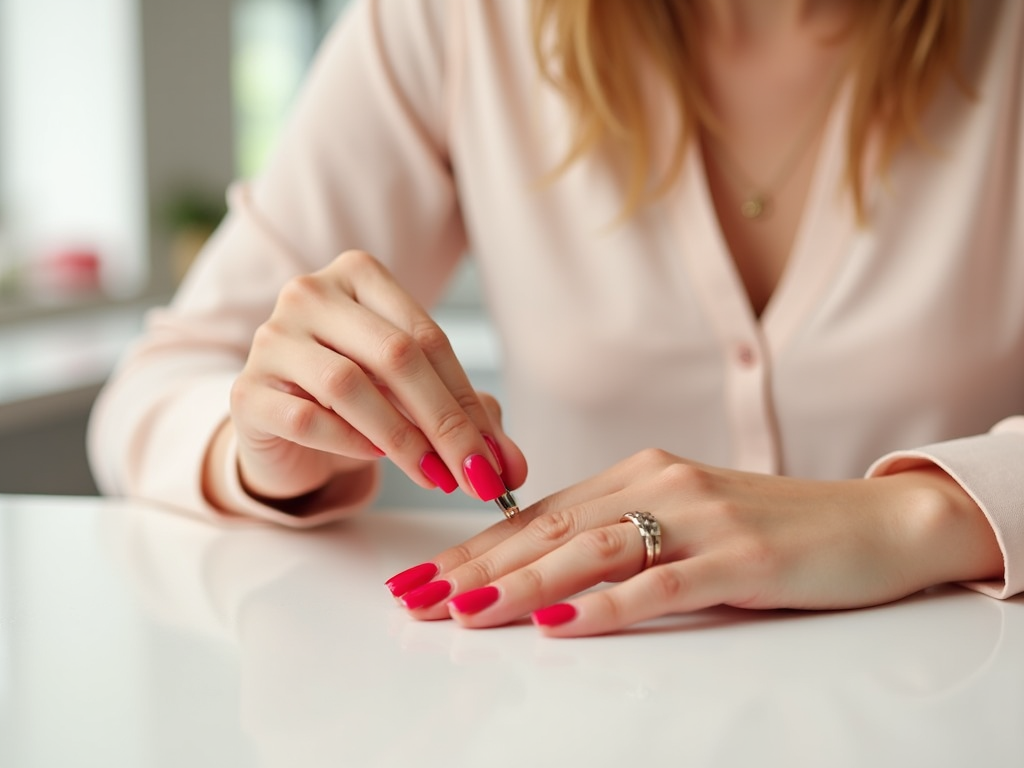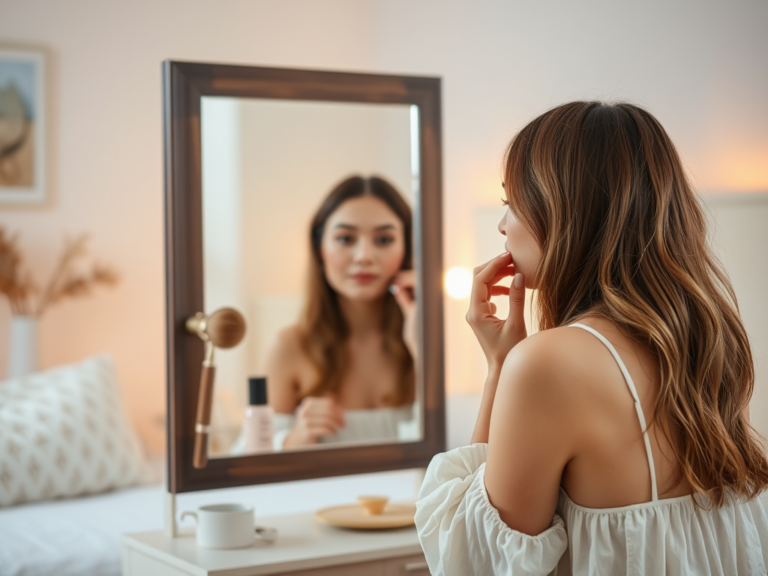Breaking a nail can be a minor annoyance or a major struggle, depending on the damage. This article explores effective ways to repair a broken nail and examines the best practices to maintain nail health over time. From quick fixes to preventative care, understanding how to manage your nails can save both effort and frustration.
Quick Fixes for a Broken Nail

When faced with a broken nail, it’s important to act promptly to prevent further damage. A simple and immediate solution involves using a tea bag and nail glue. Start by trimming a piece of the tea bag to fit the size of the break. Next, apply nail glue to the broken area, and place the tea bag piece over it. Once dry, gently buff the nail surface to create a smooth finish. Repeat the process with an additional layer of glue for extra strength before applying nail polish or a top coat as desired.
A silk wrap offers a stronger alternative for fixing broken nails. This method involves similar steps to the tea bag approach but utilizes silk as a reinforcing material. Cut a piece of silk that matches the size of the broken area, then adhere it to the nail with nail glue. This choice provides durability, making it ideal for active individuals. Buff and polish after the silk has dried to seamlessly blend with your natural nail.
Preventing Nail Breakage from the Start

Prevention is the best strategy for maintaining healthy nails. Consistent hydration plays a key role in nail health. Regularly apply a nourishing cuticle oil or moisturizer to keep nails flexible and less prone to breaking. It’s also crucial to ensure a balanced diet rich in vitamins and minerals. Essential nutrients like Biotin (Vitamin B7), Vitamin E, and Omega-3 fatty acids can significantly strengthen nails and promote growth.
Sealing the Nail Edge
One effective technique to prevent breaks is sealing the nail edge. This involves applying a protective clear coat or nail hardener to the tips of your nails, ensuring they remain strong. Make this a routine part of your nail care regimen to reduce the likelihood of future breakage. If possible, limit exposure to water and chemicals by wearing gloves during tasks that involve water or cleaning agents—preserving nail strength and appearance.
The Best Diet for Nail Health
Your diet has a direct influence on the strength and resilience of your nails. Maintaining a diet high in protein is vital, as nails are composed of keratin, which is a form of protein. Essential nutrients can be obtained by consuming the following foods:
- Lean meats such as chicken and turkey.
- Fish that are rich in Omega-3 fatty acids like salmon and mackerel.
- Leafy greens like spinach and kale for Vitamin E and iron.
- Nuts and seeds which provide essential oils and minerals.
- Eggs as a great source of protein and biotin.
Incorporating these elements into your diet can lead to noticeable improvements in nail strength over time.
Conclusion
Broken nails are a common issue that can be addressed with both immediate solutions and long-term preventative care. Quick fixes like tea bags and silk wraps provide effective temporary relief, while maintaining nutrition and incorporating regular hydration into your nail care routine contribute to lasting health. By taking these steps and investing in proper nail maintenance, you can minimize breakage and enjoy strong, resilient nails every day.
Frequently Asked Questions
1. How can I fix a broken nail without glue?
If you’re without nail glue, you can use clear nail polish as a temporary adhesive. Cover the tear with a small piece of tissue or a tea bag, then apply several layers of clear polish over it until it holds.
2. Is it safe to repeatedly use nail glue for broken nails?
Using nail glue sparingly for broken nails is generally safe. However, avoid frequent applications to prevent weakening of the natural nail. Consider seeking alternatives like regular moisturizing and dietary improvements for nail health.
3. What are some natural remedies for strengthening nails?
Natural remedies include applying oils like coconut and olive oil to nails and cuticles. Soak nails in a mixture of oil and warm water several times weekly. Additionally, consuming a diet rich in biotin promotes stronger nails.
4. How often should I trim my nails to prevent breakage?
Trim your nails every 1-2 weeks to maintain a healthy length and shape, reducing the risk of snagging and breaks. Use a sharp clipper or file to ensure a clean cut without causing stress to the nail.
5. Can nail hardness affect breakage?
Yes, nail hardness can influence breakage. While harder nails may be less flexible and more prone to splitting, softer nails can bend and peel. Balance the strength by using conditioners that promote both hardness and flexibility.






